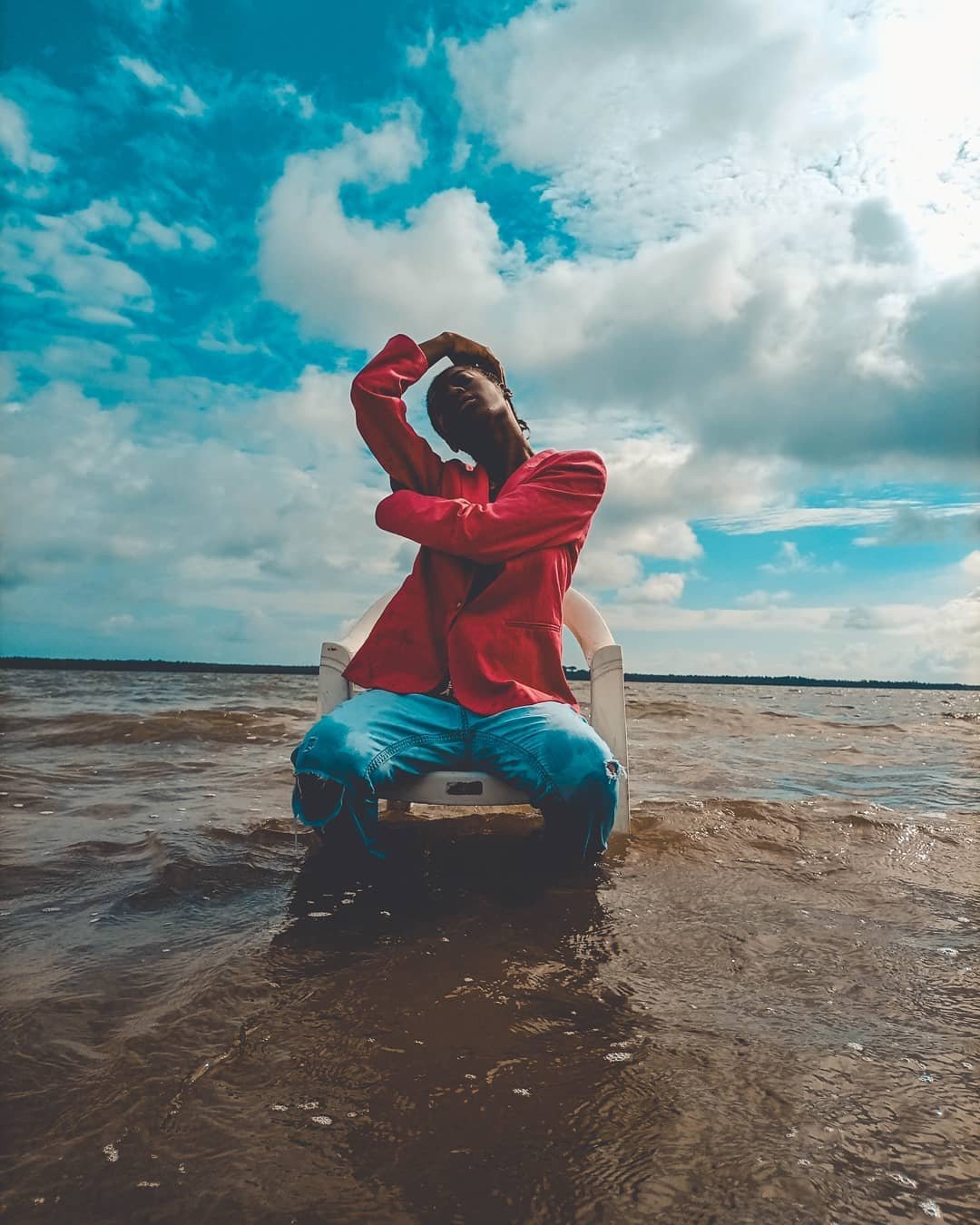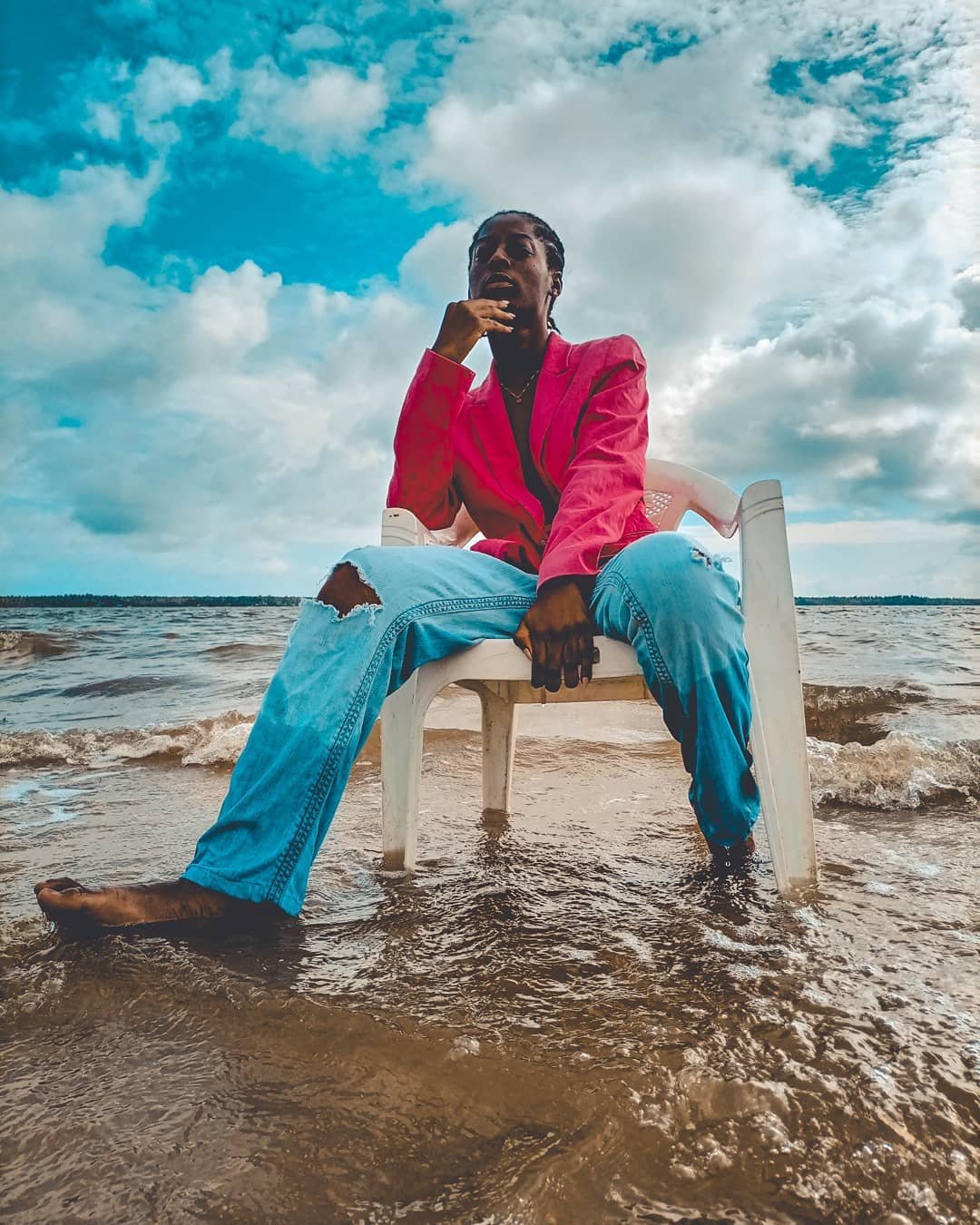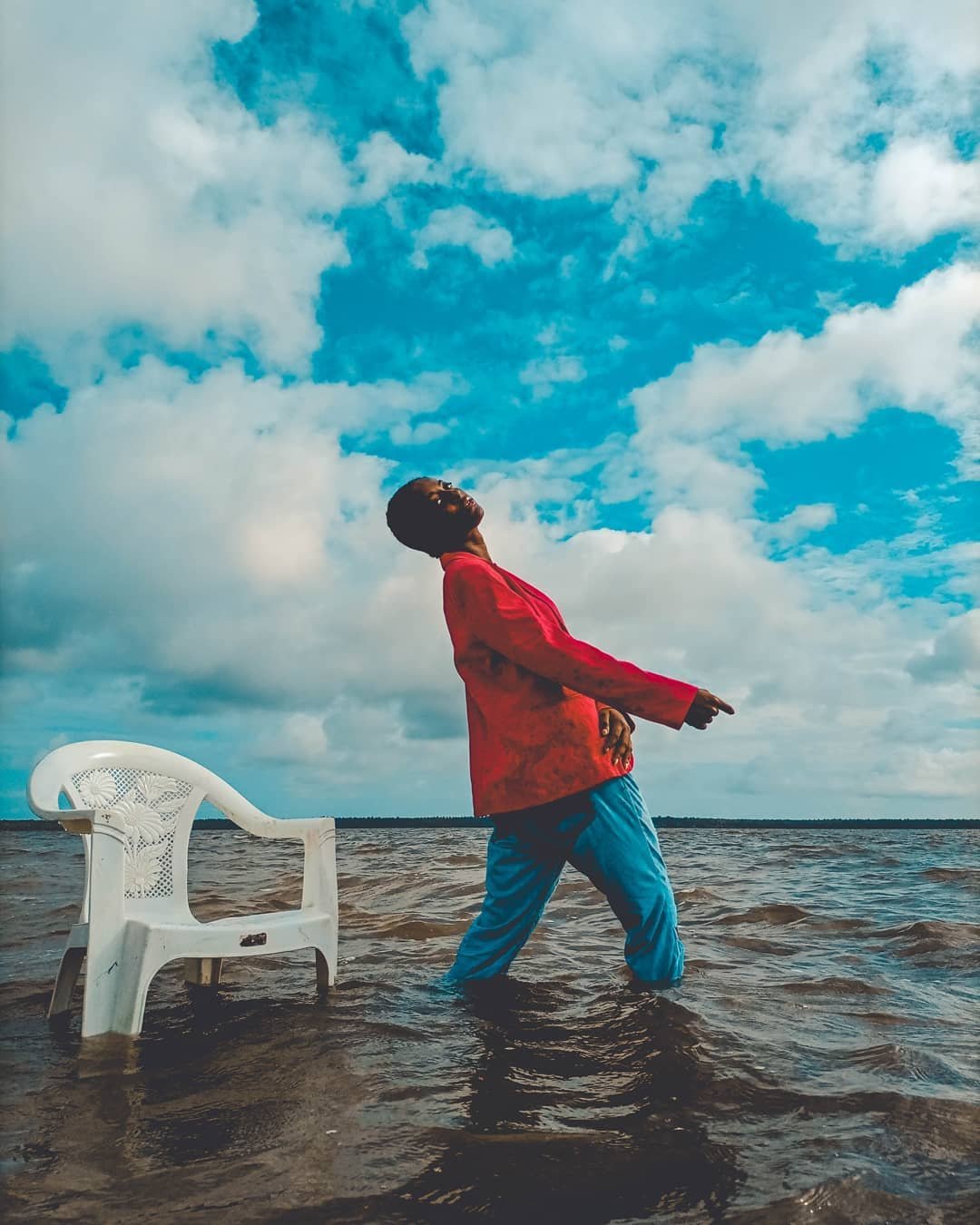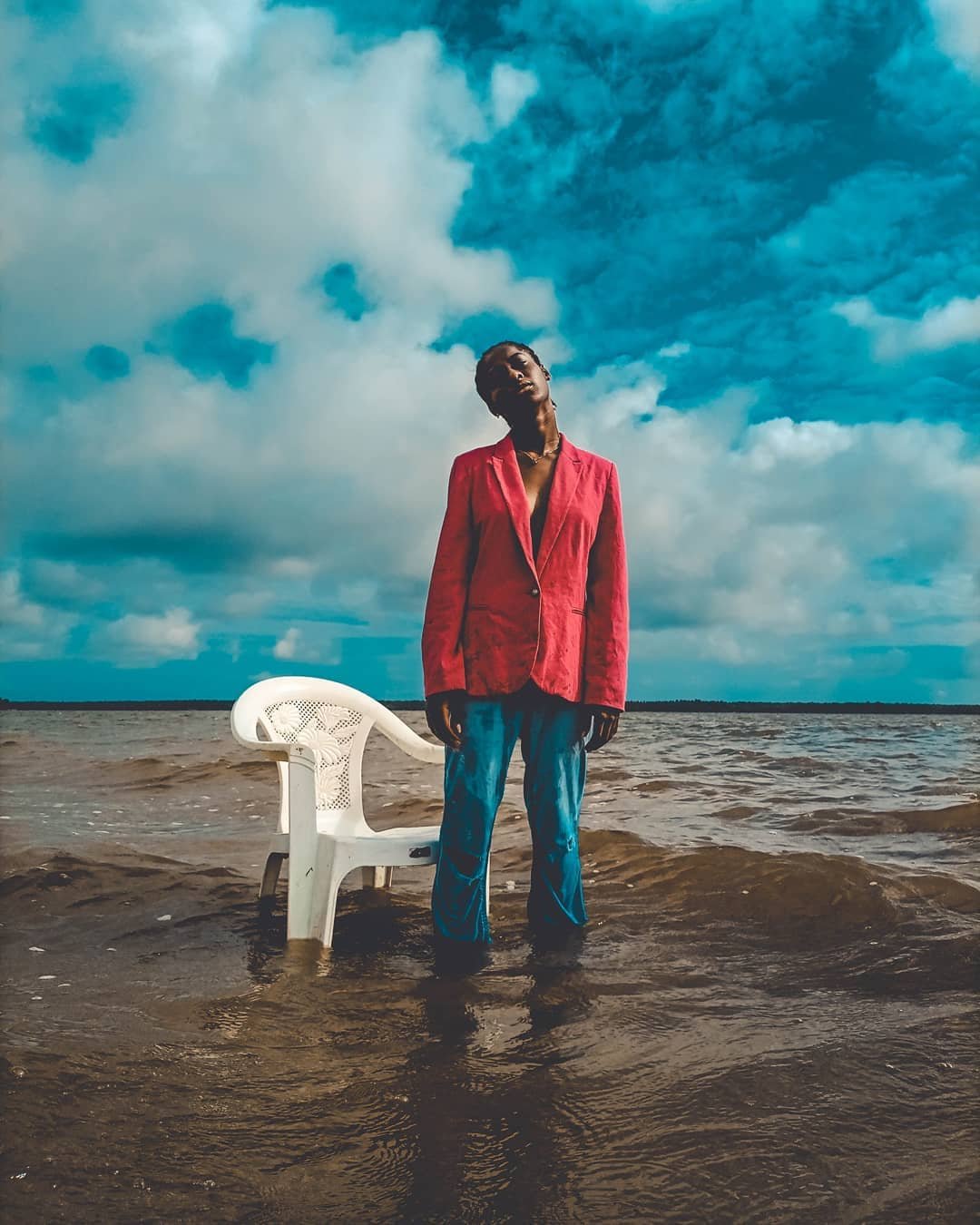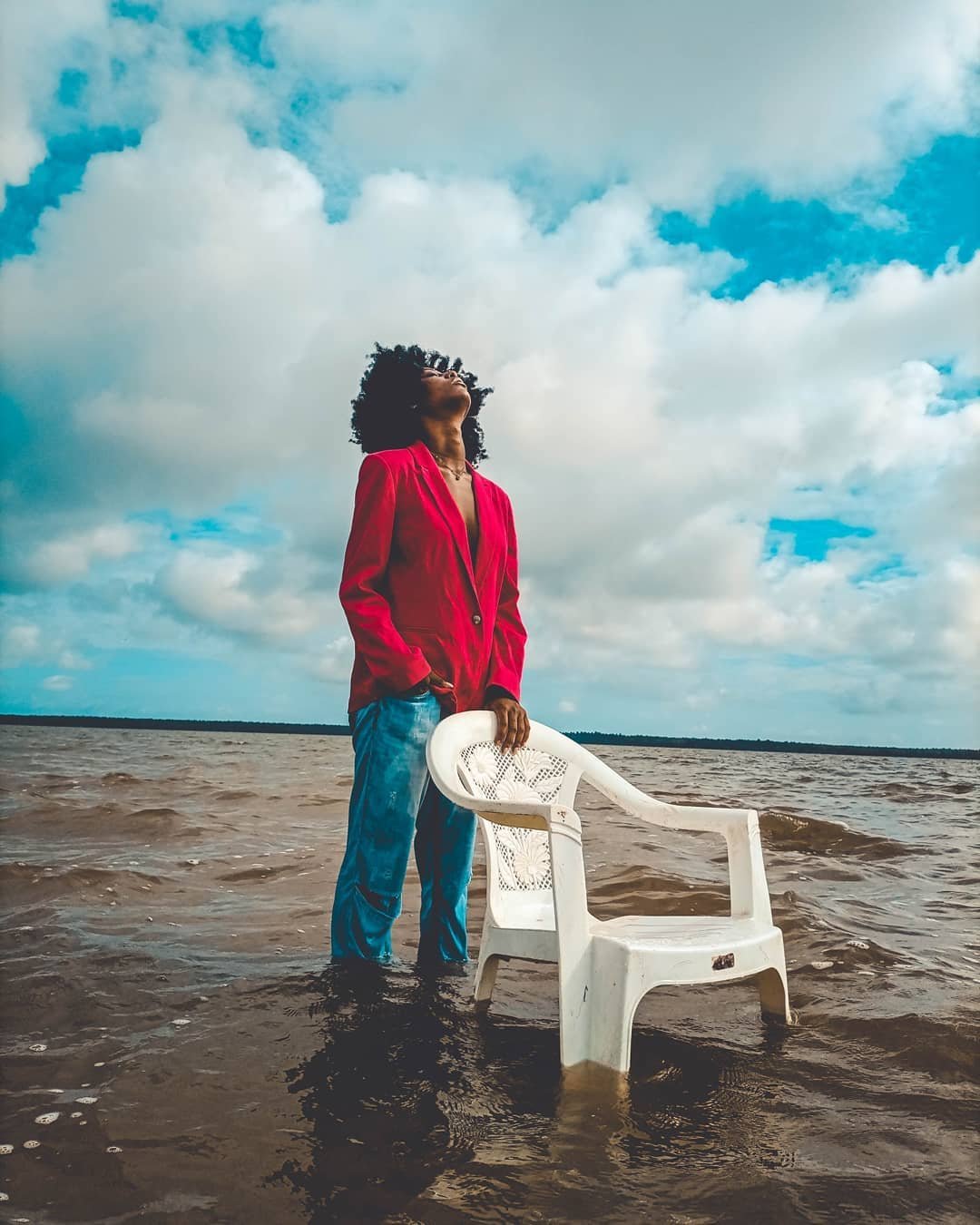O'KIINS HOWARA
“from beauty to meaning”
Some images just make you stop; calling your attention almost effortlessly. That’s how I felt when I came across our artist’s work. It was alluring and distinctive, and I was immediately struck by his use of color, lighting, surroundings, and overall compositions. His ability to capture the multitude of Black strength and vulnerability in a single frame speaks volumes. Each image is a love poem to Africa, celebrating the continent’s rich and diverse beauty, cultures, and traditions.
I was elated when he agreed to speak with me. Though I must admit, by speaking I mean writing back and forth (thanks Google translate!). This is my second translated interview with an artist also from Ivory Coast. As I’ve mentioned in previous interviews, this platform is all about shining a light on artists and creative thinkers from all over the world. And I’m happy to have another opportunity where I can share an artist’s creative story.
This particular story starts with the power of three:
CREATIVE
PASSIONATE
AMBITIOUS
Say hello to Idriss Ouattara aka O'kiins Howara.
“Creative, passionate, ambitious.” That’s how our #artist2lookout4 would describe himself. Based in Abidjan, Côte d'Ivoire, O’kiins is a self-taught visual artist + creative director. He started his creative journey in writing, drawing, and music, but it wasn’t until he discovered his love for photos that he found his artistic je ne sais quoi.
Over the last three years, he’s been honing his craft and studying the different elements of photography using his iPhone. He seeks to capture the “beauty and artistic fiber that Africa abounds in.”
Though he hasn’t been photographing for that long, his passion, unique lens, and attention to detail have opened the door to endless possibilities. His artwork has been featured in okayafrica and Moya Afrika, and has been shown in two collective exhibitions, most recently at the Re-generation in Arles showcase at the La Grande Vitrine gallery.
In his aim to photograph African traditions, he equally aims to capture lived experiences. He says, “My photos revolve much more around African traditions but also subjects around injustice and politics. I have an example of work called Fake News where I’m speaking about an issue that took place here.”
The issue in question?—
A fake video was posted on American social media that led to violent clashes between two groups in the commune of Abobo. The video was a hoax, but by the time people figured that out the damage was already done.
The images shown below (i.e. Fake News) represent, to me, how when one is blinded by what they think is true, the consequences, which in this sense are violence and bloodshed depicted via the color red, spill through the earth and can have lasting effects.
In our artist’s words:
1- il cherche l’information aveuglément [he seeks information blindly]
2- il court a la mauvaise information [he runs to the wrong information]
3- il se laisse emporter par la mauvaise l’information [he gets carried away by the wrong information]
4- la mauvaise information le tue [the wrong information kills him]
From beauty to meaning, O’kiins body of work evokes emotion, thought, and discussion.
He talks about his fluid style, the value of accessories and composition, and the importance of artist visibility in the media.
In your opinion, what makes a good picture?
To take a good photo, light is an essential element, but also the composition of the photo. Nothing is trivial in my composition. Composition allows me to have the perfect orientation and direction for a photo—where all the elements used express the real message of the work.
How do you approach your art? Do you follow a formula or is it more fluid?
I consider my work fluid insofar as I’m working with everything I have worn. My working process is quite simple: I conceive the idea first, then I search for accessories. Accessories are, for me, the most important; they are what bring the work to life. [After concepting and searching for accessories], I look for the room or the setting. I do not have much difficulty in creating because I use everything around me, what I see and hear to create artwork.
What are the themes in your photography? What types of subjects do you like to capture?
No particular theme. My photos revolve much more around African traditions but also subjects around injustice and politics. I have an example of work called Fake News where I’m speaking about an issue that took place here. There was misinformation through a video on the networks [fake news] that caused some young people to revolt and ransack the businesses of people from a neighboring country. It is this kind of issue[s] that I try to relate in my works.
Can you talk about your passions outside of photography? How do you incorporate those passions into your work?
Apart from photography, I like everything related to art, music, and drawing because before getting into photography I [created in those mediums]. Music is such an inspiration for me, it helps me create. And I started with writing, so I consider my works as poems. Really I find that there is a junction of all these elements in my art.
How has your photographic style developed since you started?
In the beginning, I was looking for my artistic identity, but now without even being credited on a photo people come to know that such and such work is by me. So, I would say that I have a particular touch and that my art is recognizable among so many others.
If you’re comfortable sharing, what is something you struggle with as a creative? How do you overcome it?
The level of visibility. Nothing is done to put the creatives forward here in Ivory Coast, there is still a long way to go. The media has not put enough emphasis on visual artists. We have galleries, but few people know of the existence of these galleries. We should have visibility in the media so that the population discovers the work we do.
What story do you want to tell with your work?
The story I want to tell, or rather what I want people to take away from my work, is that Black culture is the essence of beauty and happiness.
—
Dec 5, 2022







